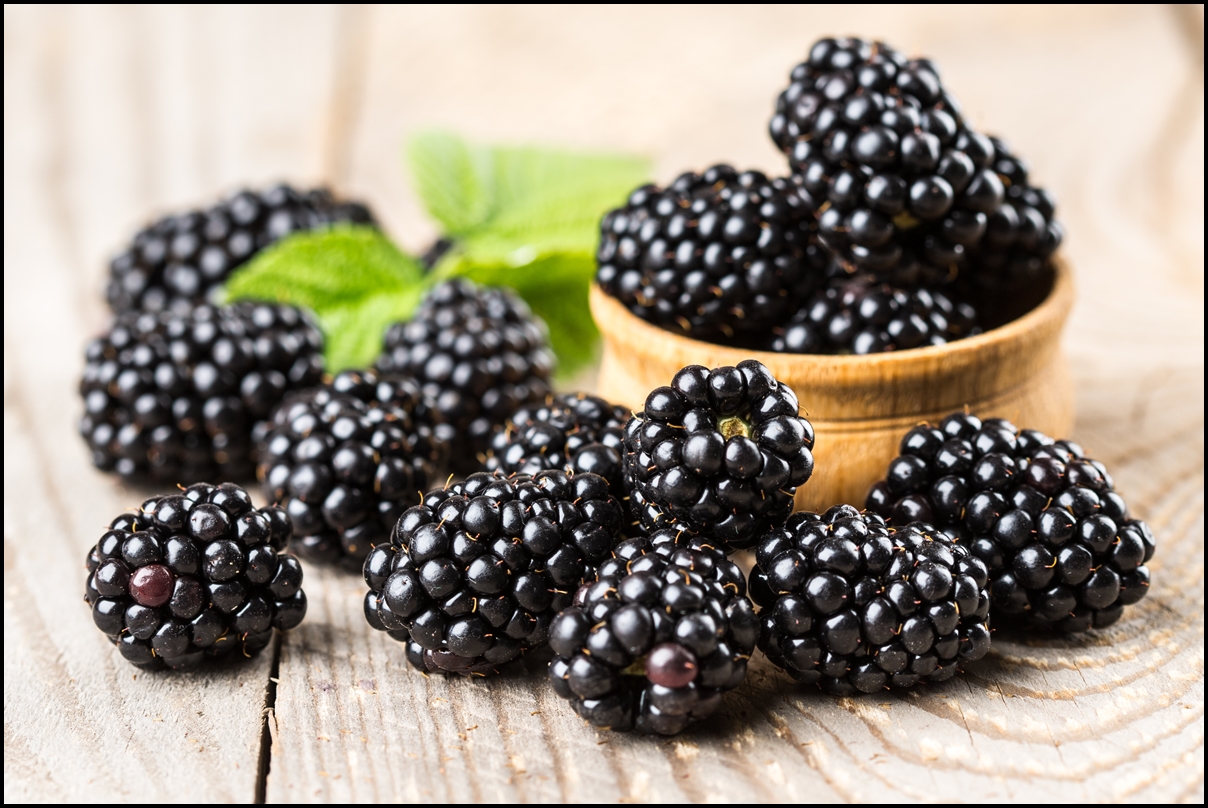Healthy Herbs nutrition facts
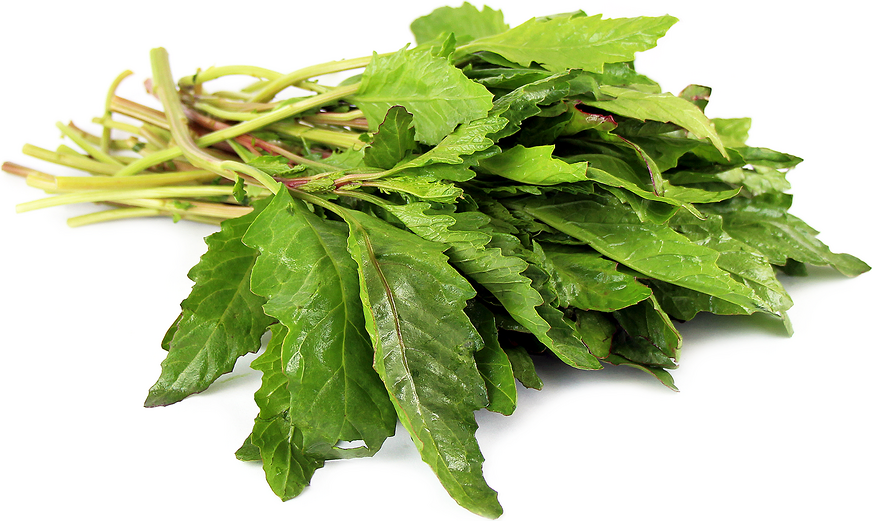
Health benefits of Epazote
Epazote has largely been viewed as medicinal herb rather than a culinary plant. In general, its leaves used in the cooking to counter indigestion and flatulence effects of beans, high-fiber and protein food. Nonetheless, the herb has its own intrinsic phyto-nutrients which when consumed optimally would contribute towards overall wellness.
The herb is very low in calories. 100 grams of leaves carry just contain 32 calories. Its plain leaves provide a good amount of fiber, 3.8 g per 100g.
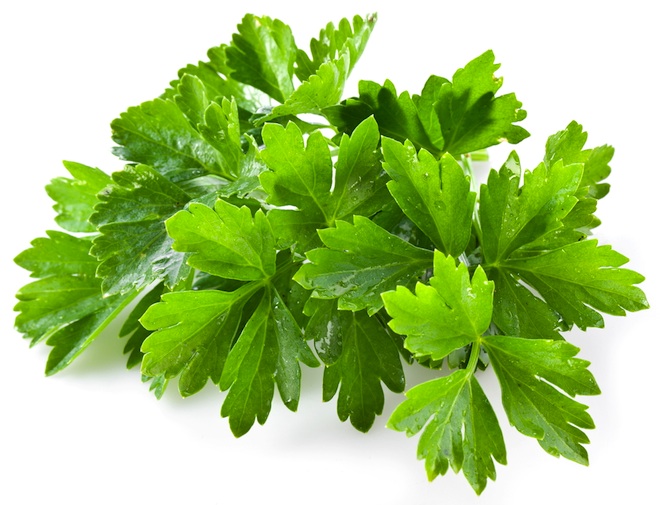
Health benefits of cilantro leaves (coriander):-
Cilantro herb is very low in calories and contains no cholesterol. However, its deep-green leaves possess good amounts of antioxidants, essential oils, vitamins, and dietary fiber, which may help reduce LDL or bad cholesterol levels in the blood.
Its leaves and seeds contain many essential volatile oils such as borneol, linalool, cineole, cymene, terpineol, dipentene, phellandrene, pinene, and terpinolene.

Dandelion herb health benefits
Certain chemical compounds in fresh dandelion greens, flower tops, and roots are known to have anti-oxidant, disease preventing, and health promoting properties.
Fresh leaves are very low in calories; providing just 45 calories per 100 g. The herb is also a good source of dietary fiber (provide about 9% of RDA per 100 g). In addition, its latex is a good laxative.
Health benefits of dill:-
Dill weed contains numerous plant derived chemical compounds that are known to have been anti-oxidant, disease preventing, and health promoting properties.
This popular herb contains no cholesterol and is very low in calories. Nonetheless, it holds many anti-oxidants, vitamins like niacin, pyridoxine, etc., and dietary fibers, which help in controlling blood cholesterol levels.
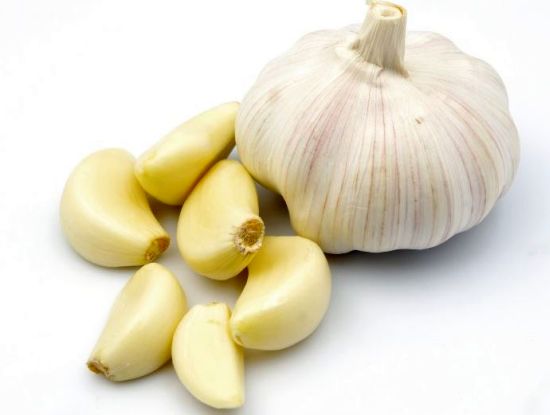
Health benefits of Garlic:-
Strong flavored, garlic cloves contain many noteworthy phyto-nutrients, minerals, vitamins, and antioxidants that have proven health benefits. Total measured antioxidant strength (ORAC value) is 5346 µmol TE/100 g.
Its bulbs contain organic thio-sulfinite compounds such as diallyl disulfide, diallyl trisulfide and allyl propyl disulfide. Upon disruption of bulb (while crushing, cutting, etc.), these compounds convert into allicin through enzymatic reaction.
Related Albums
Your Reaction?

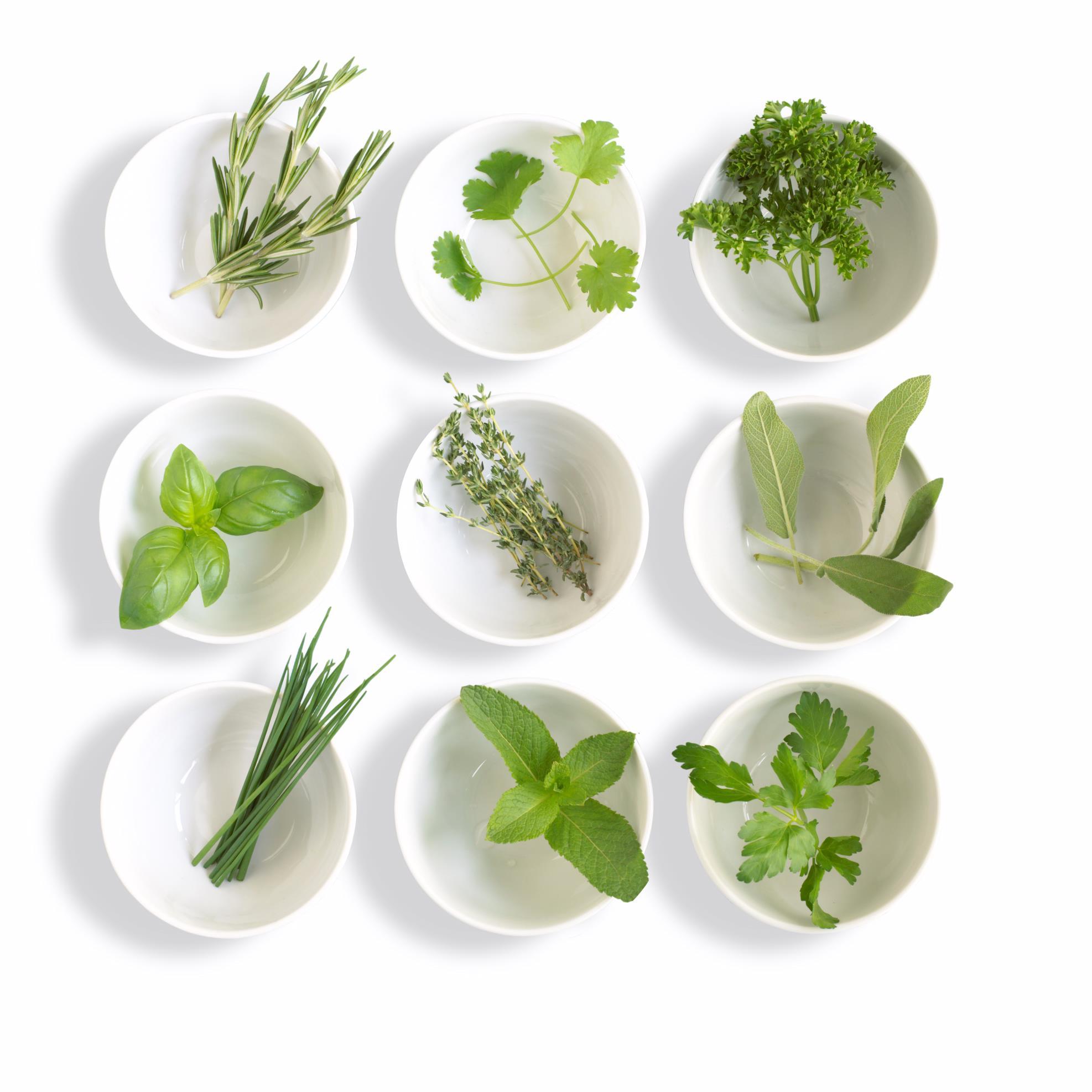
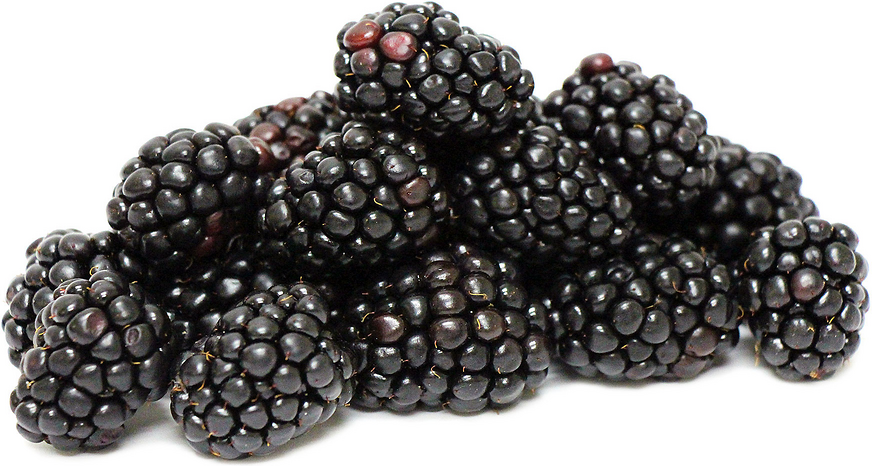


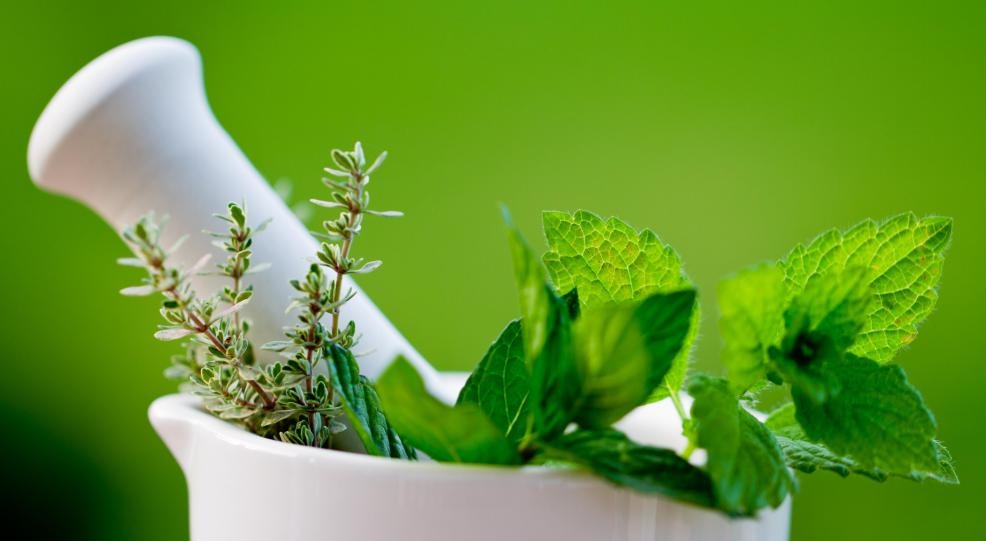
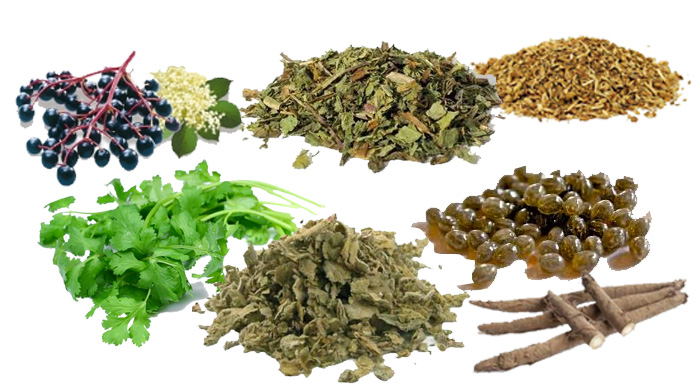
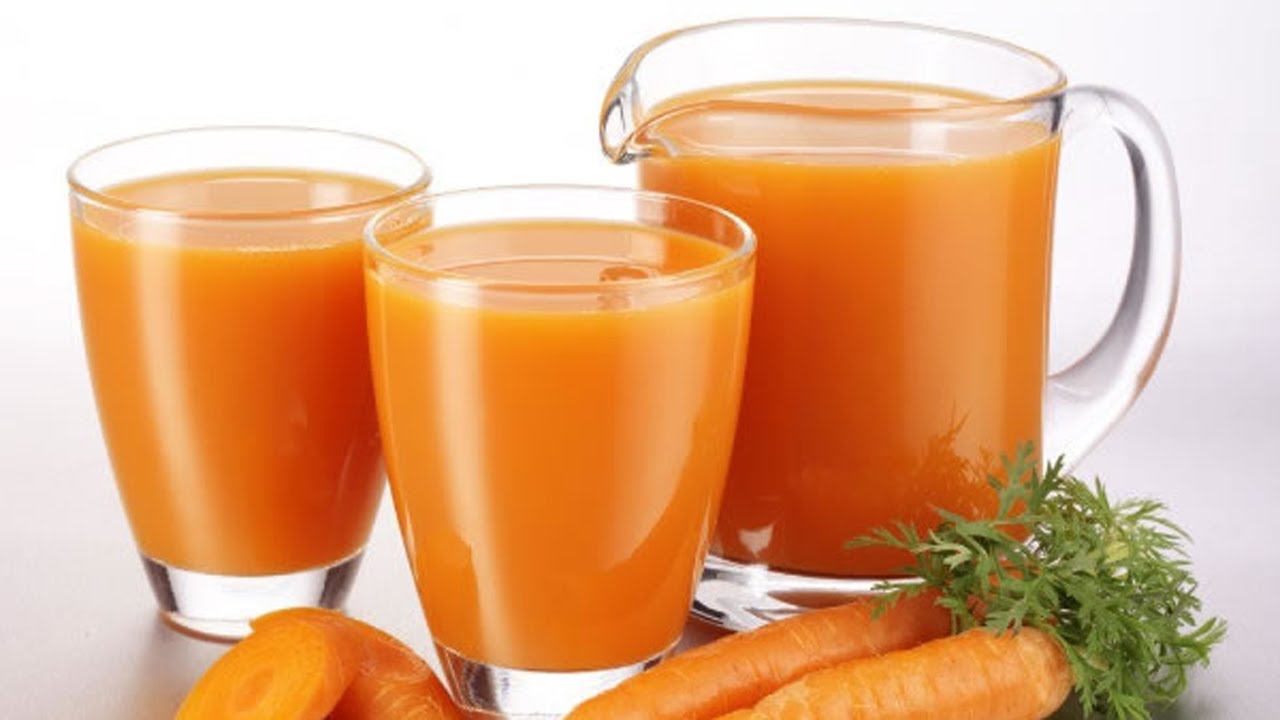
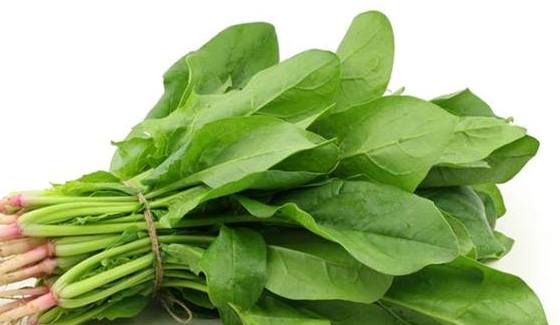
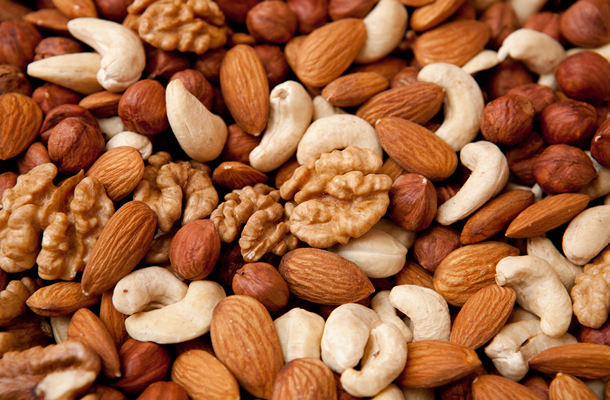
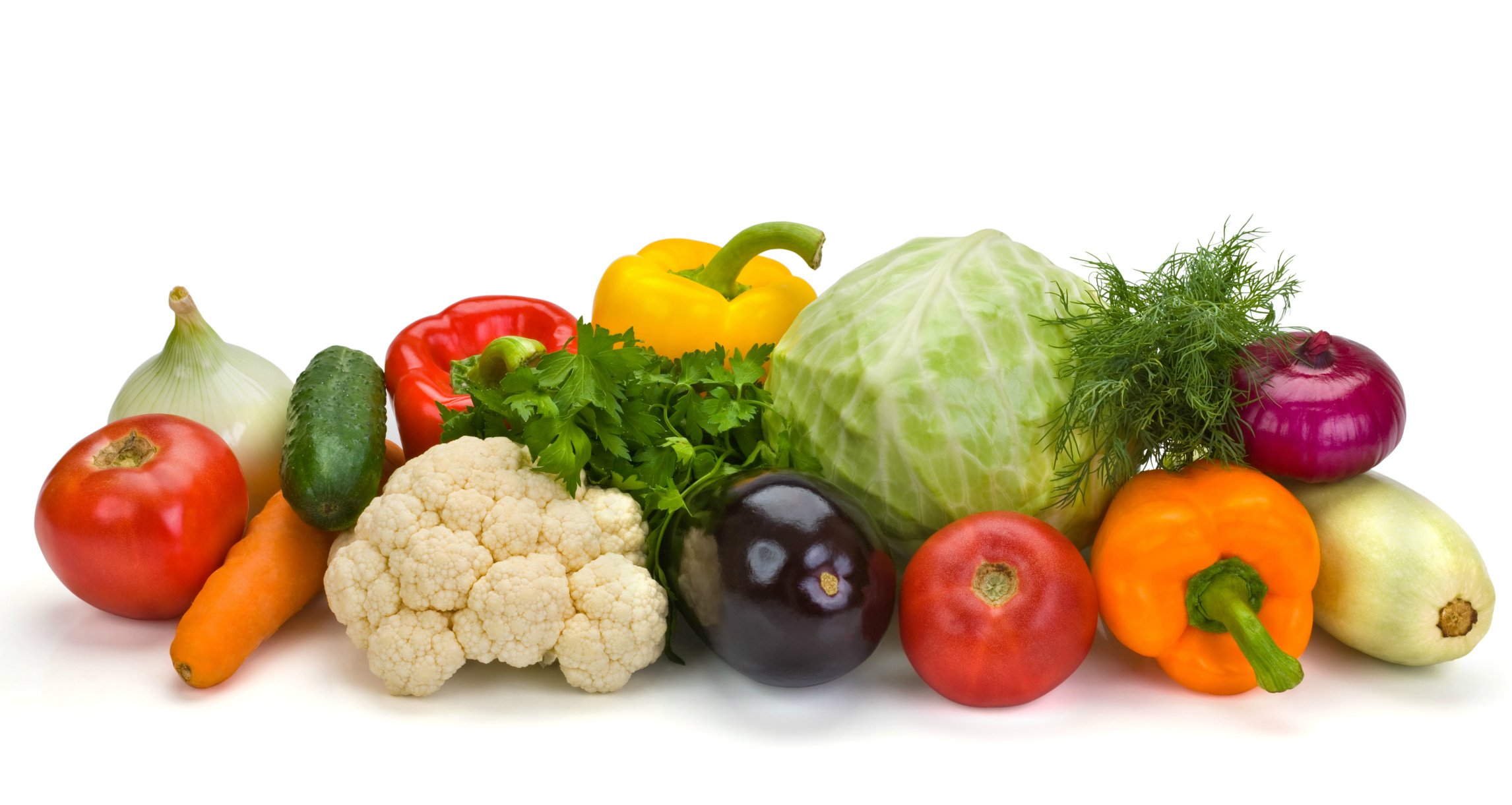
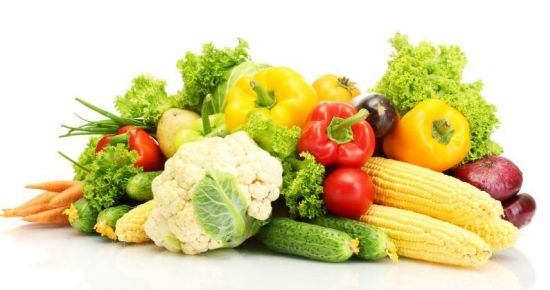
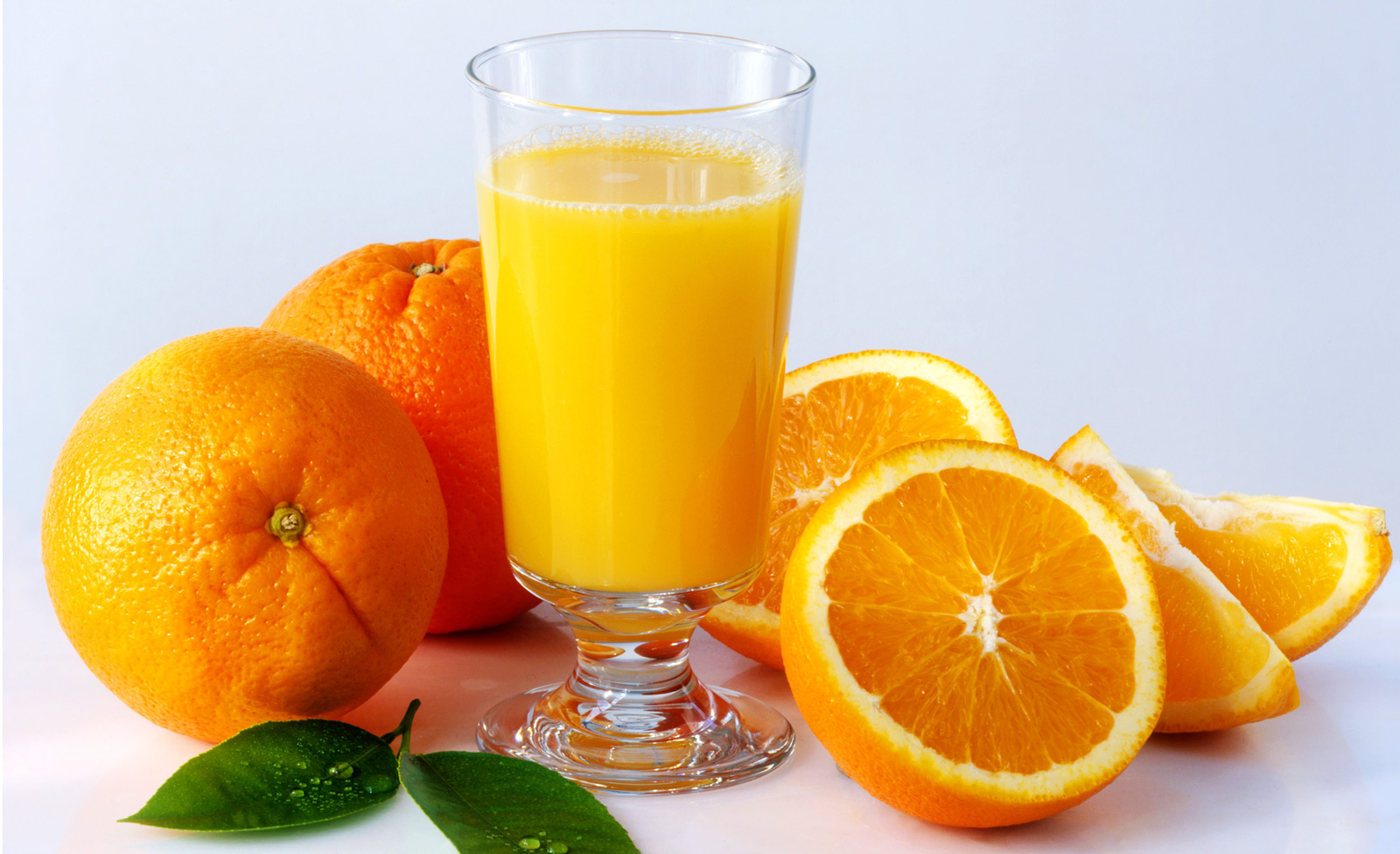
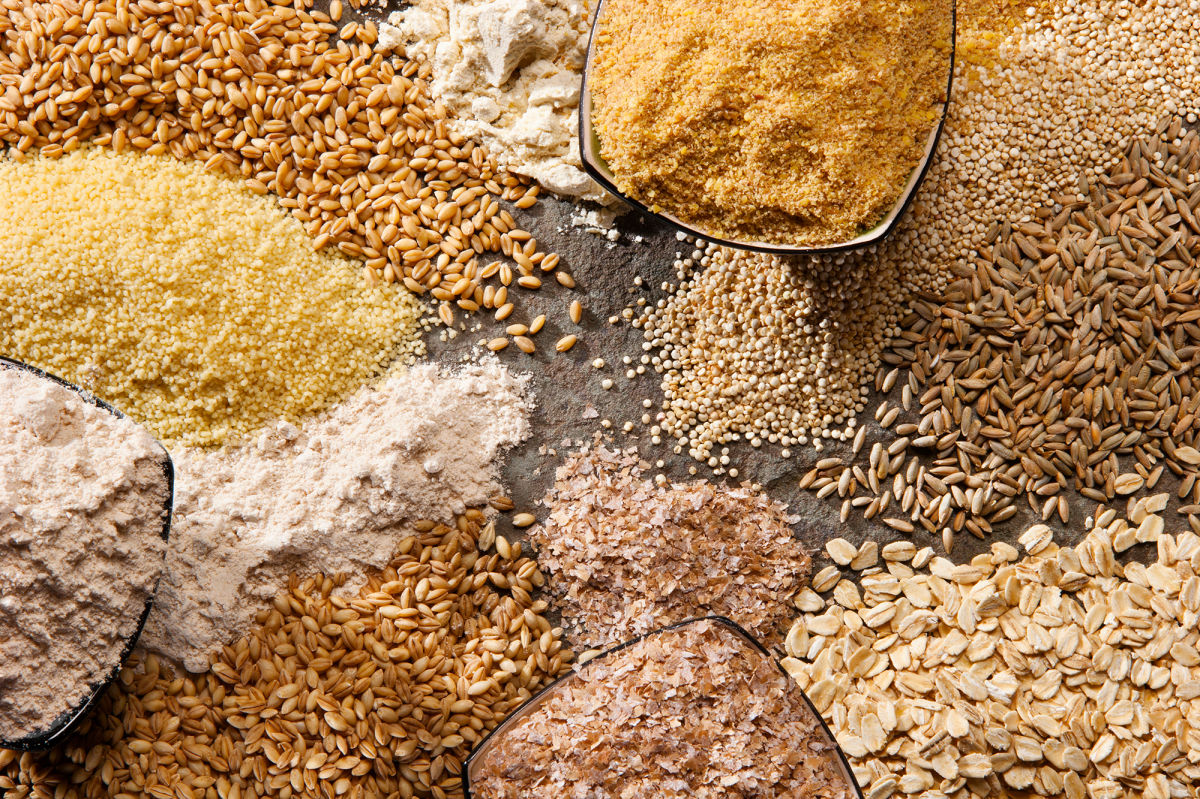
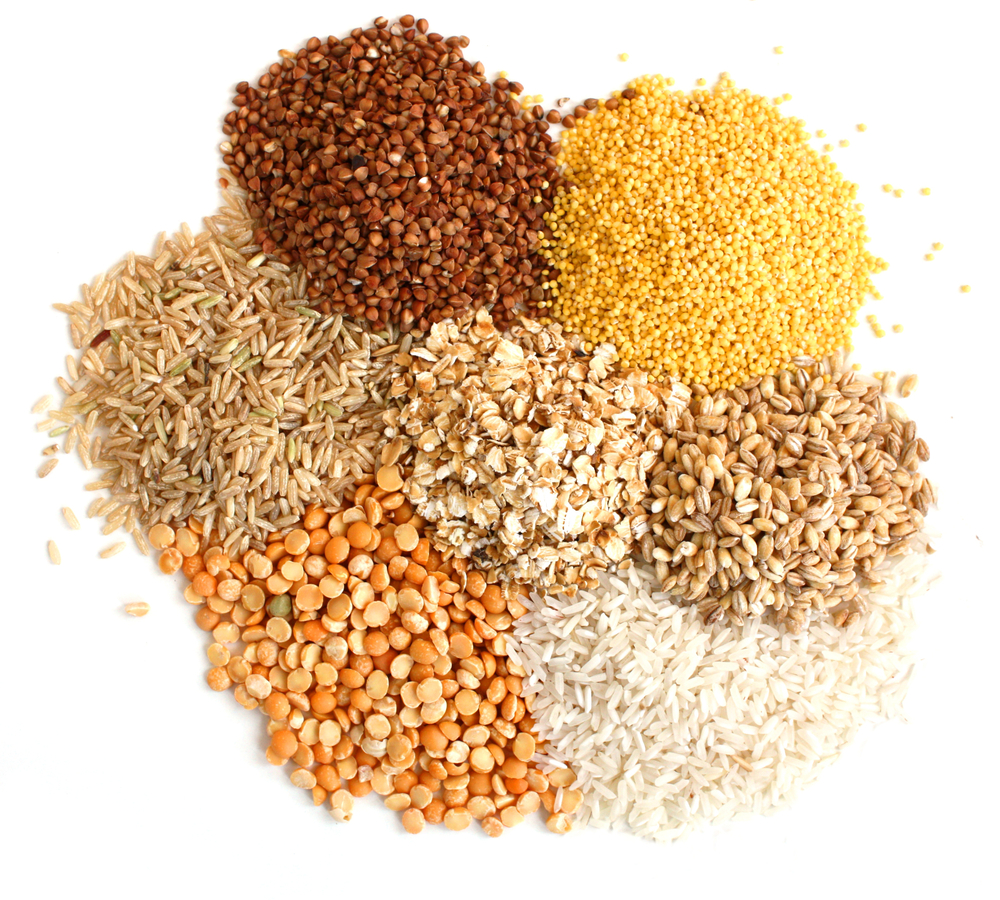
.jpg?quality=30)

